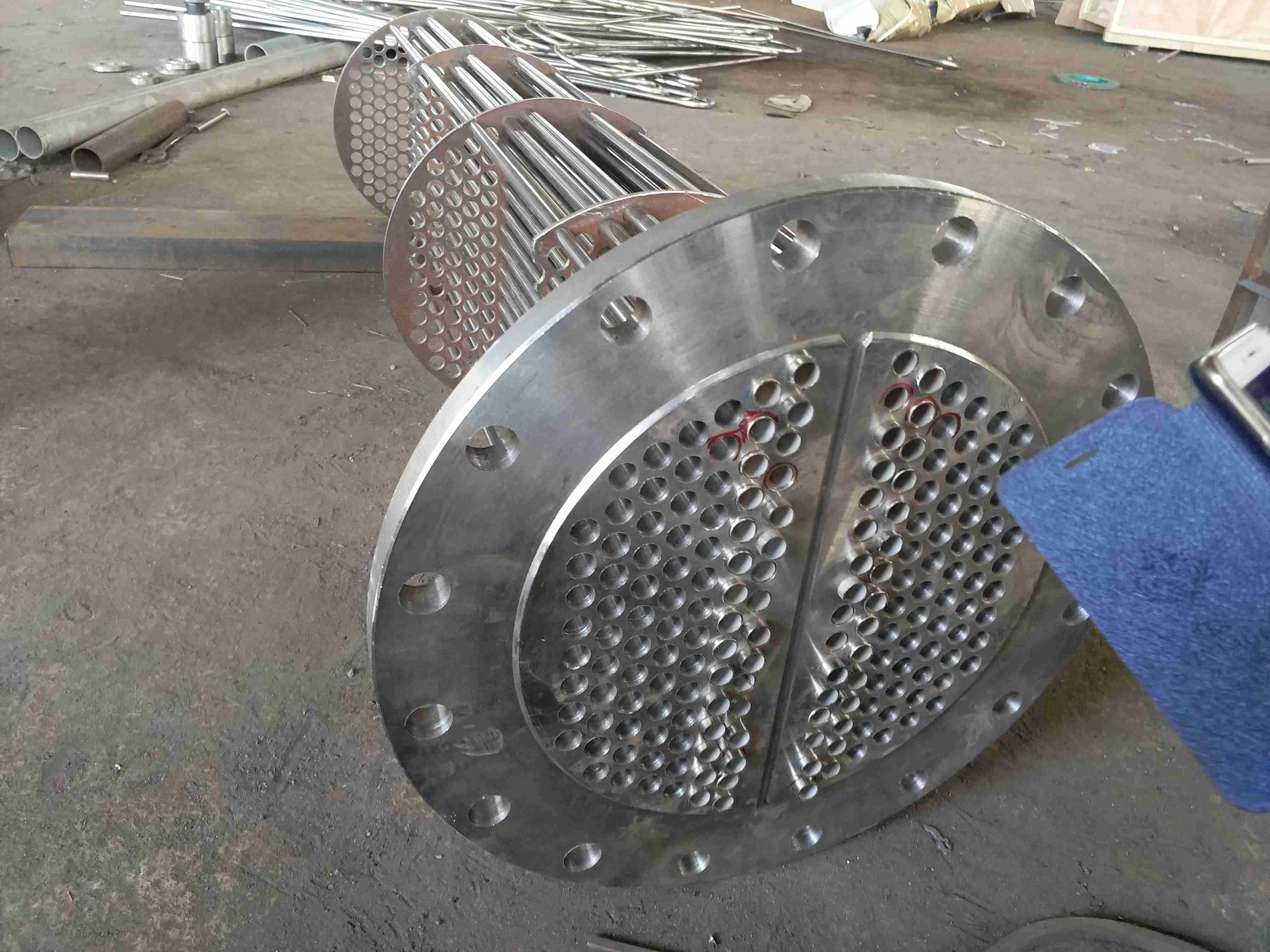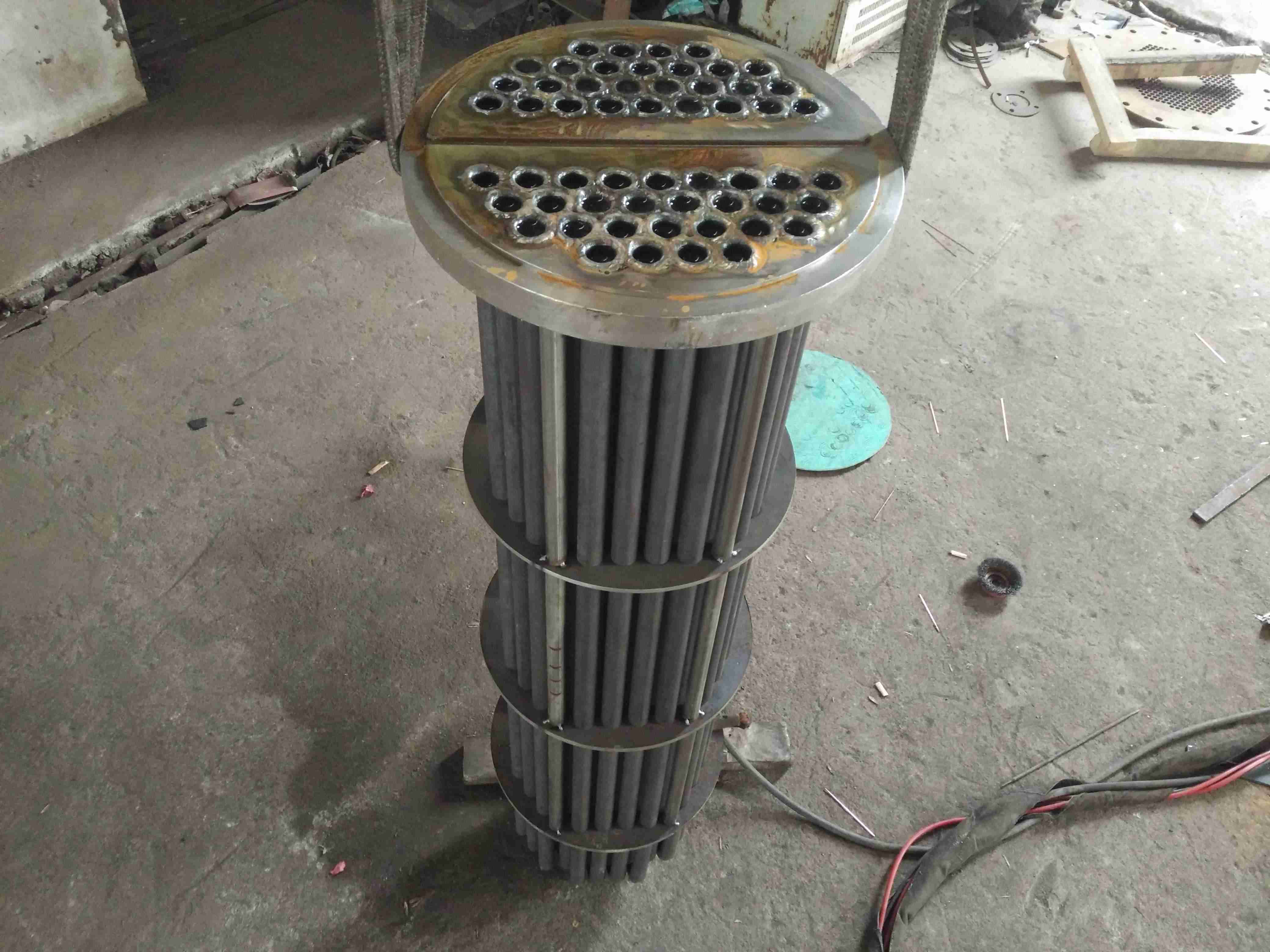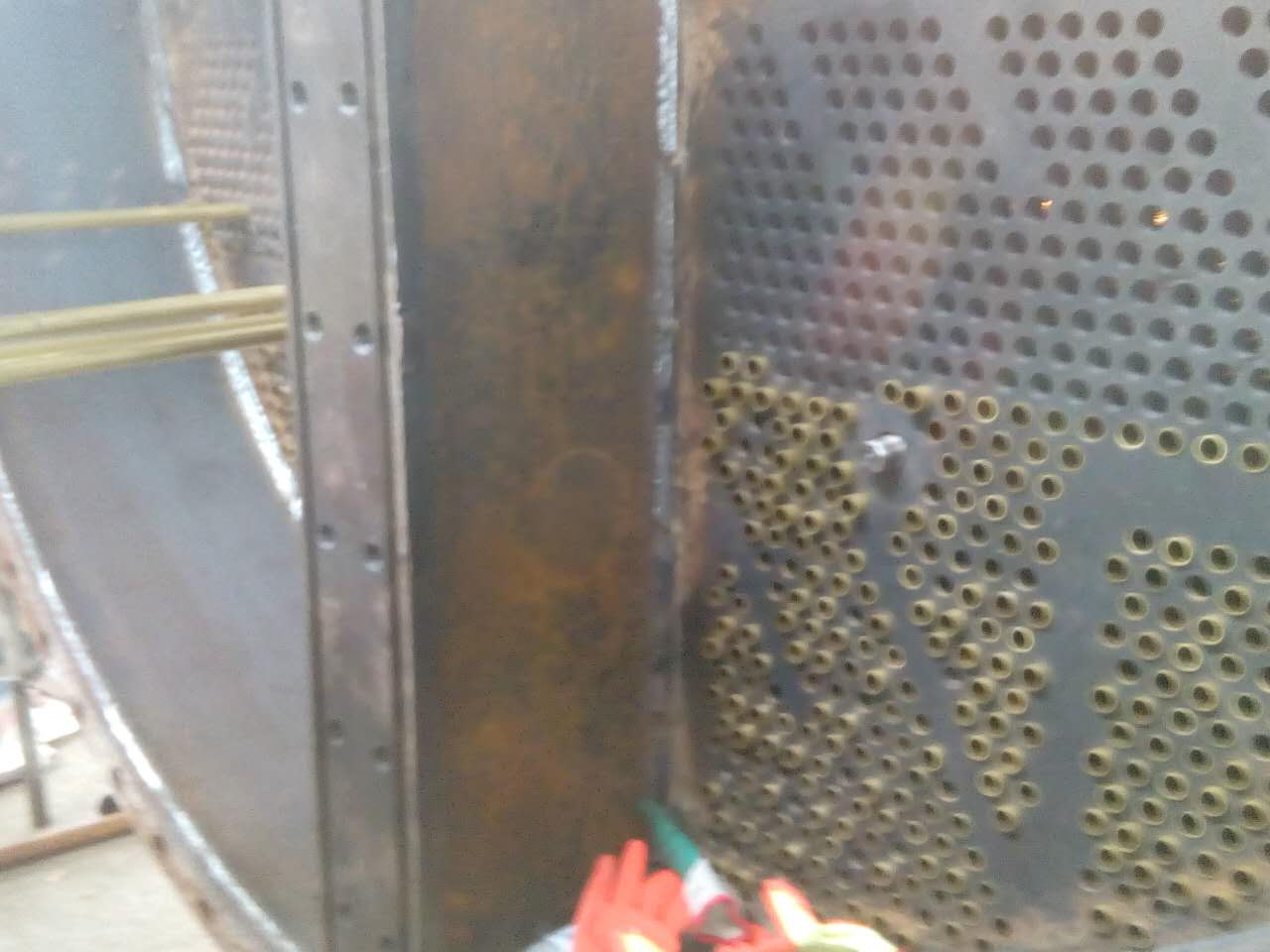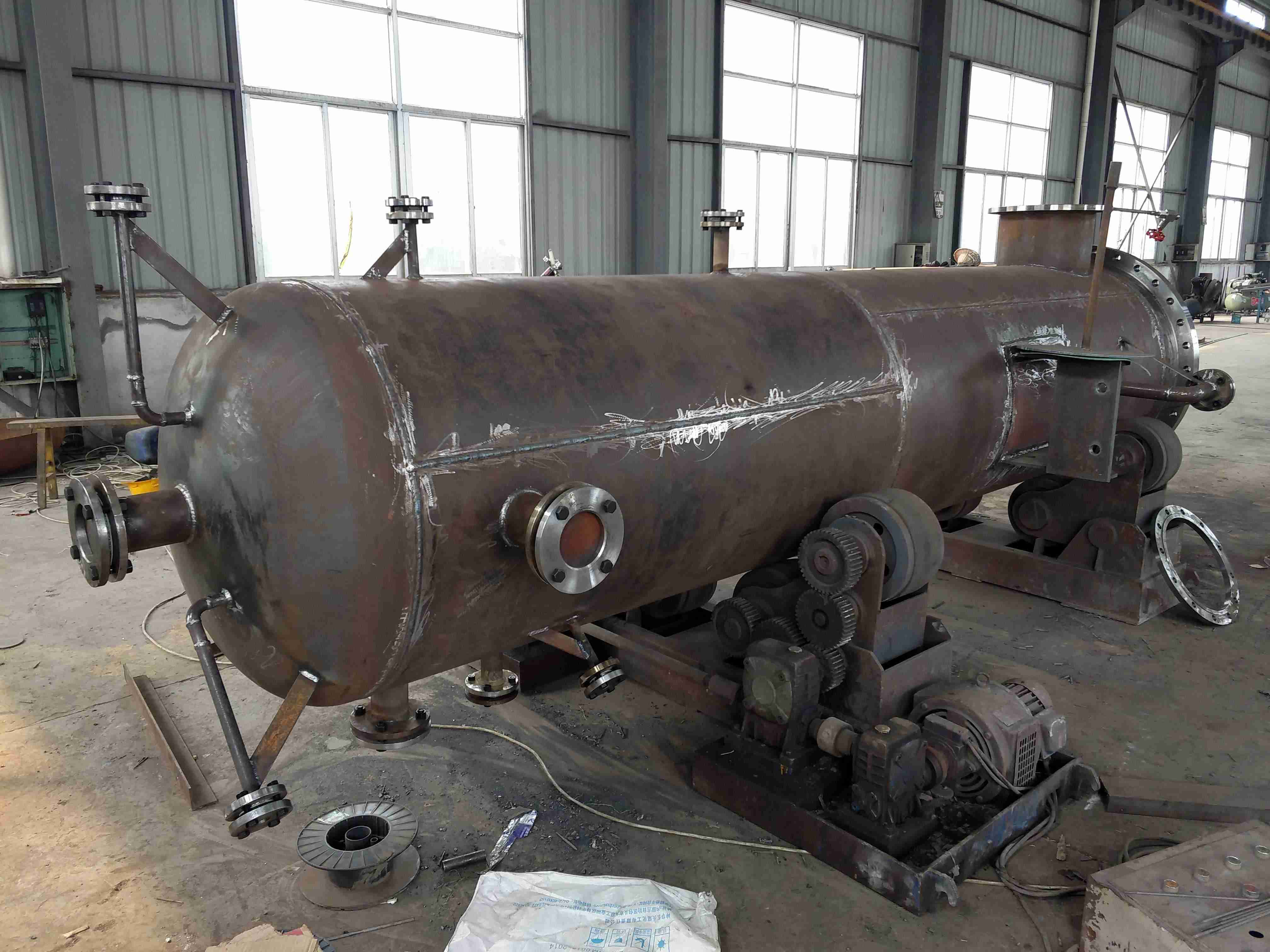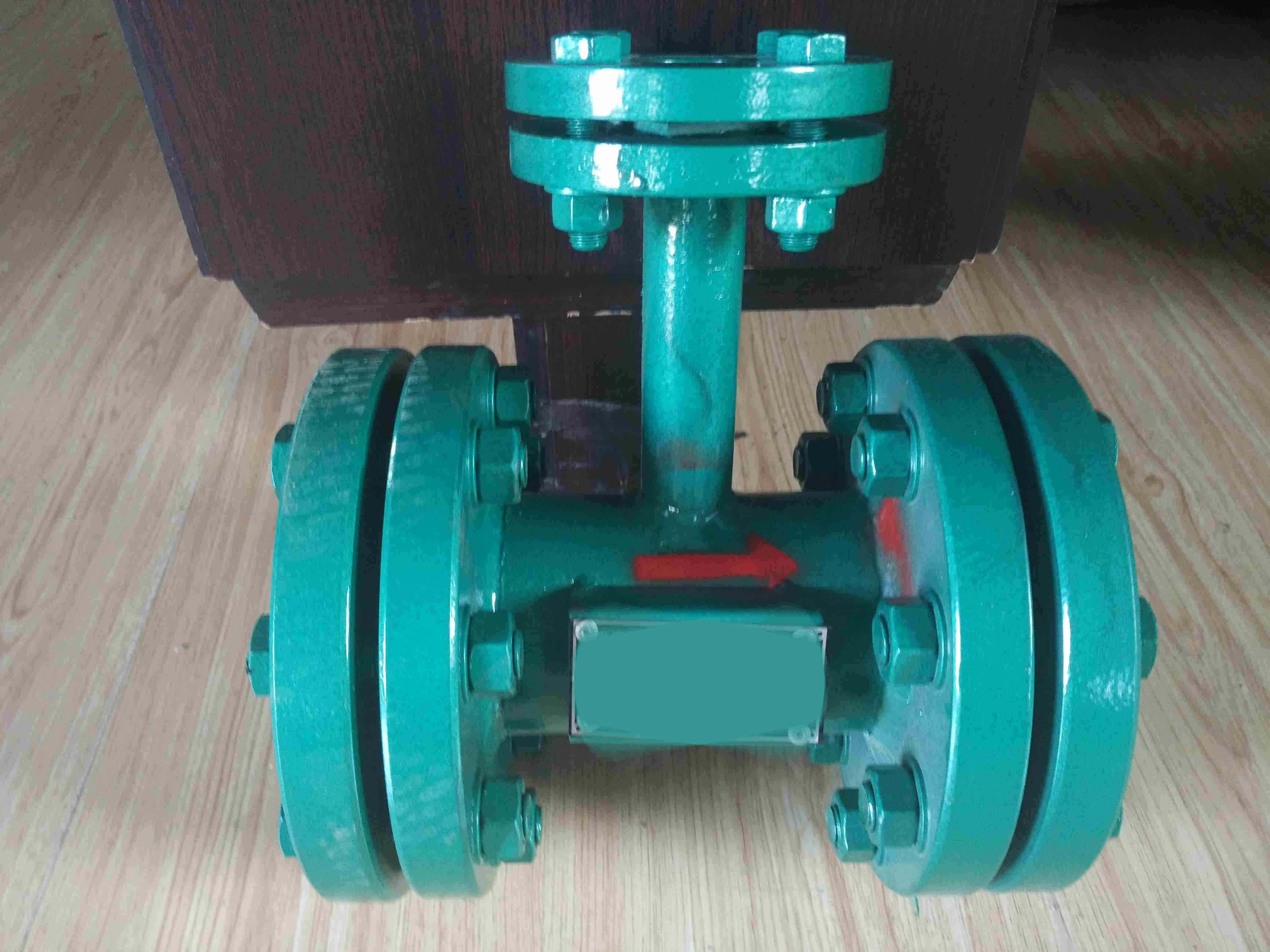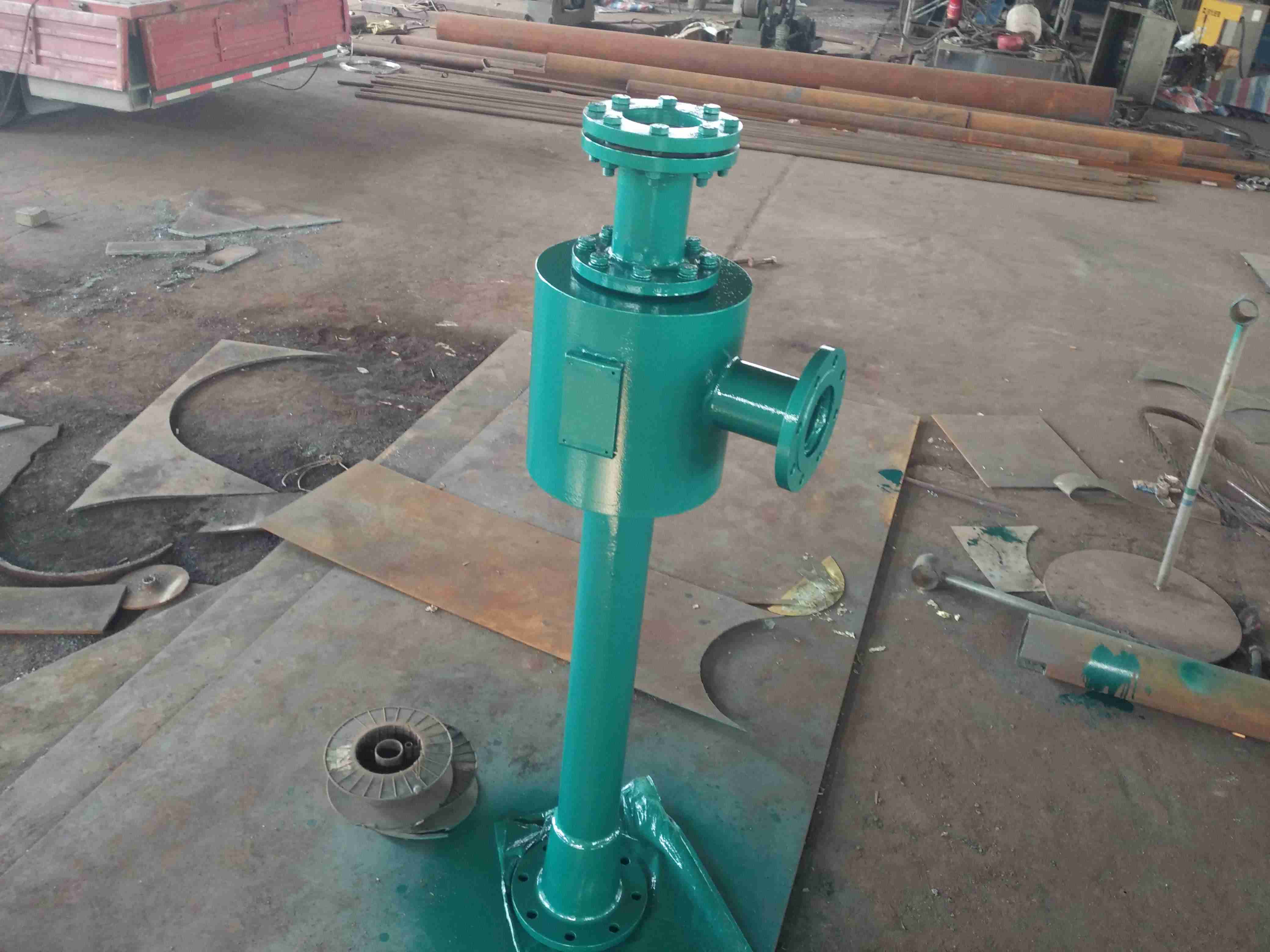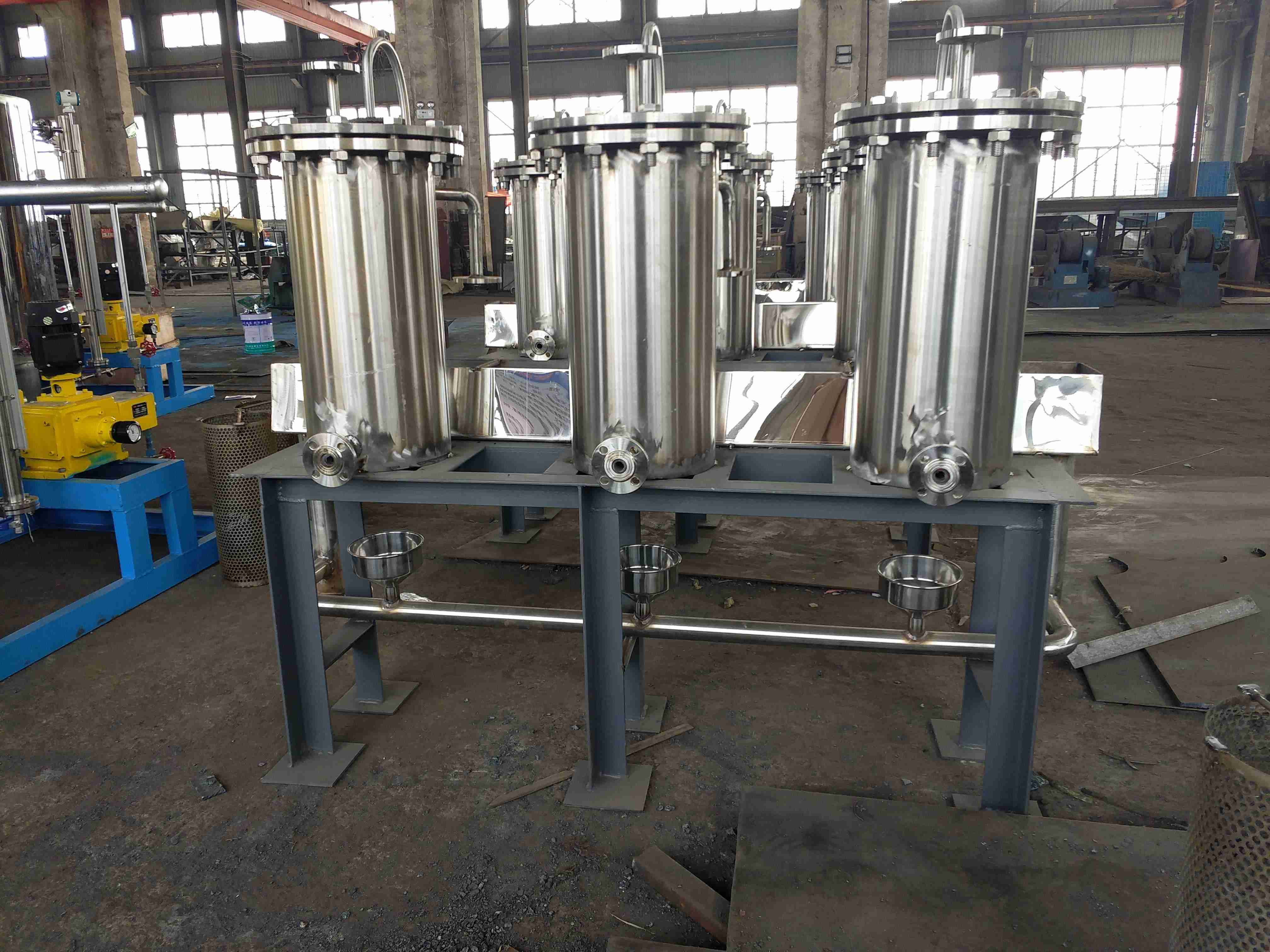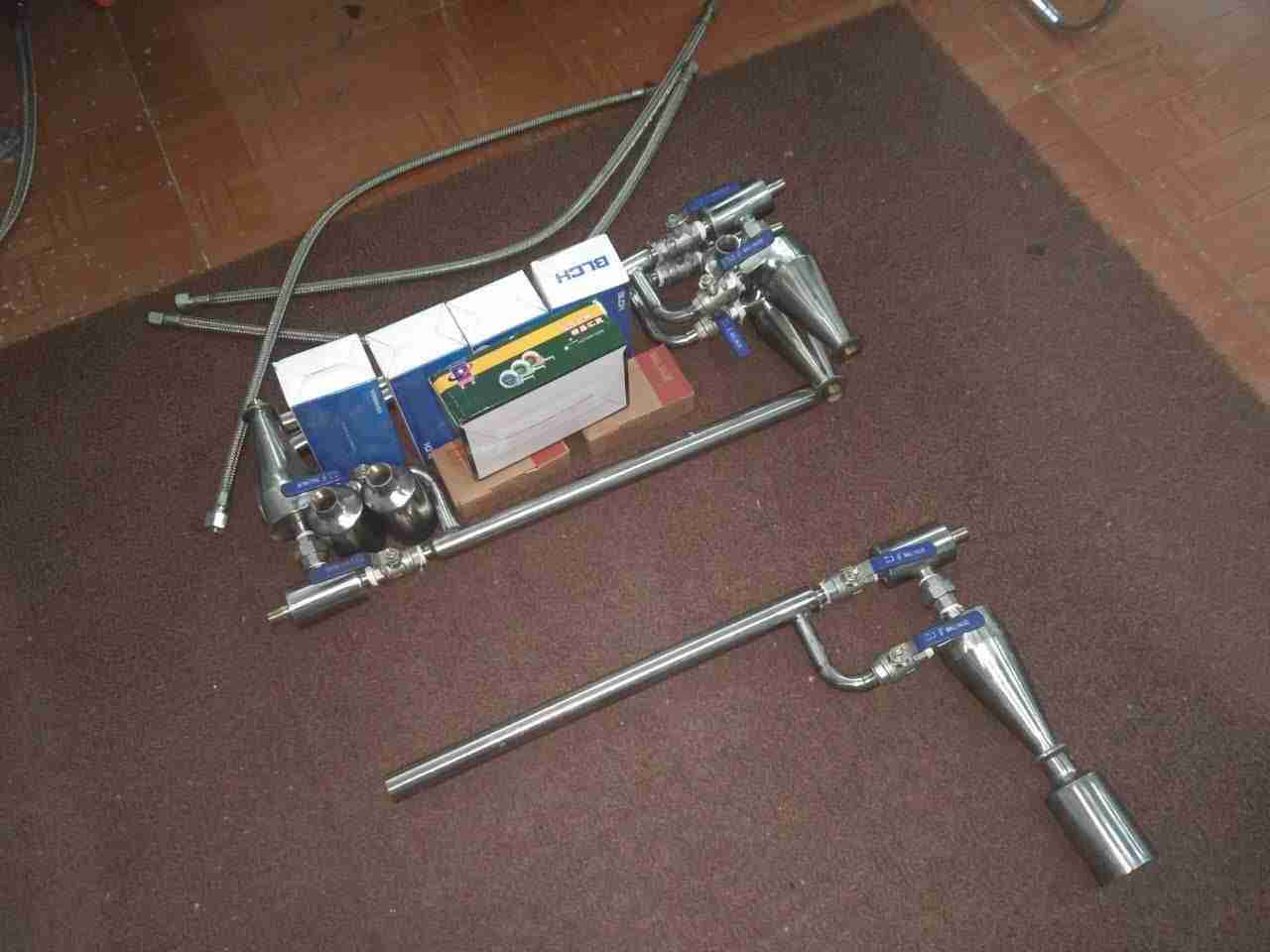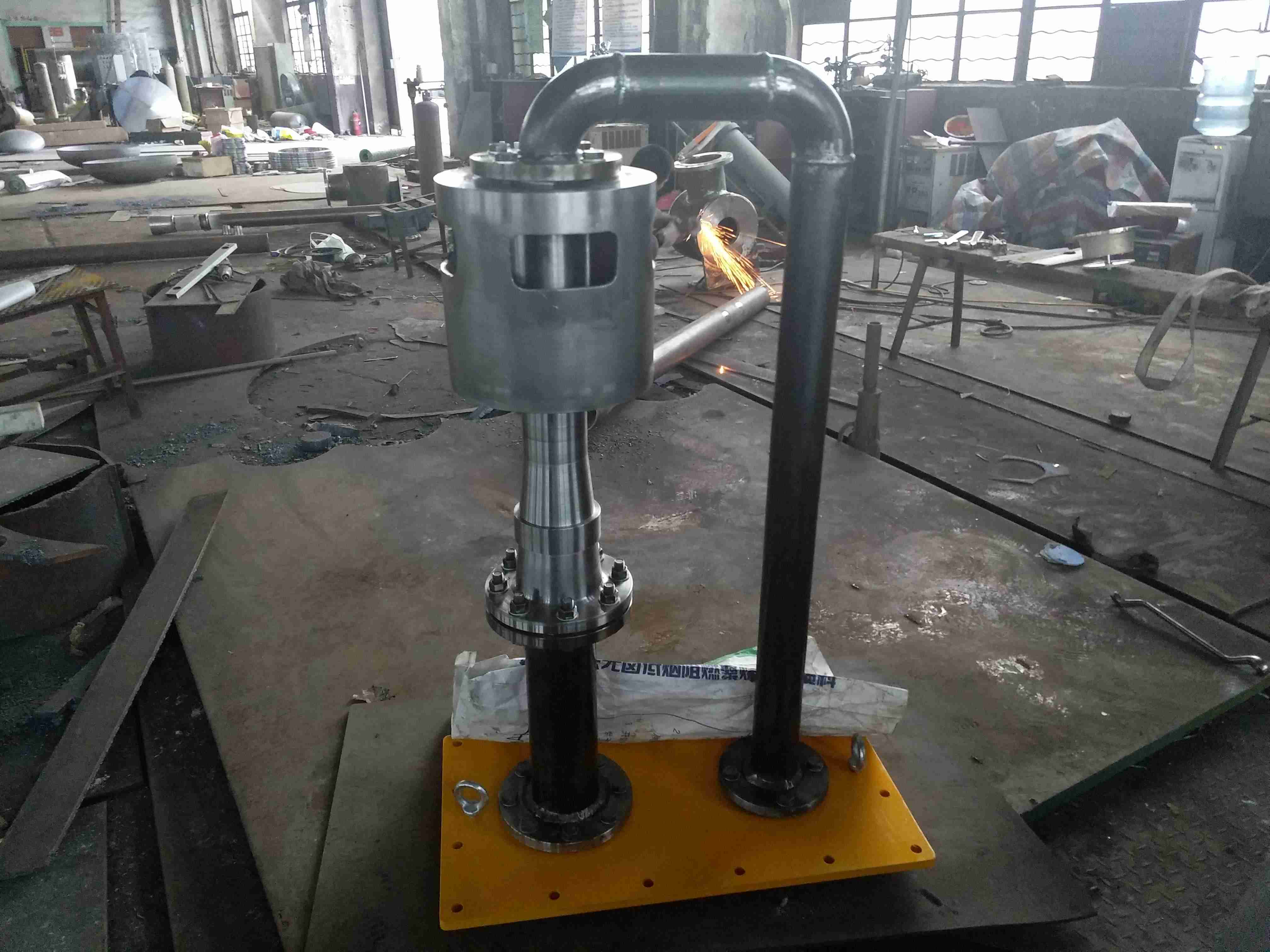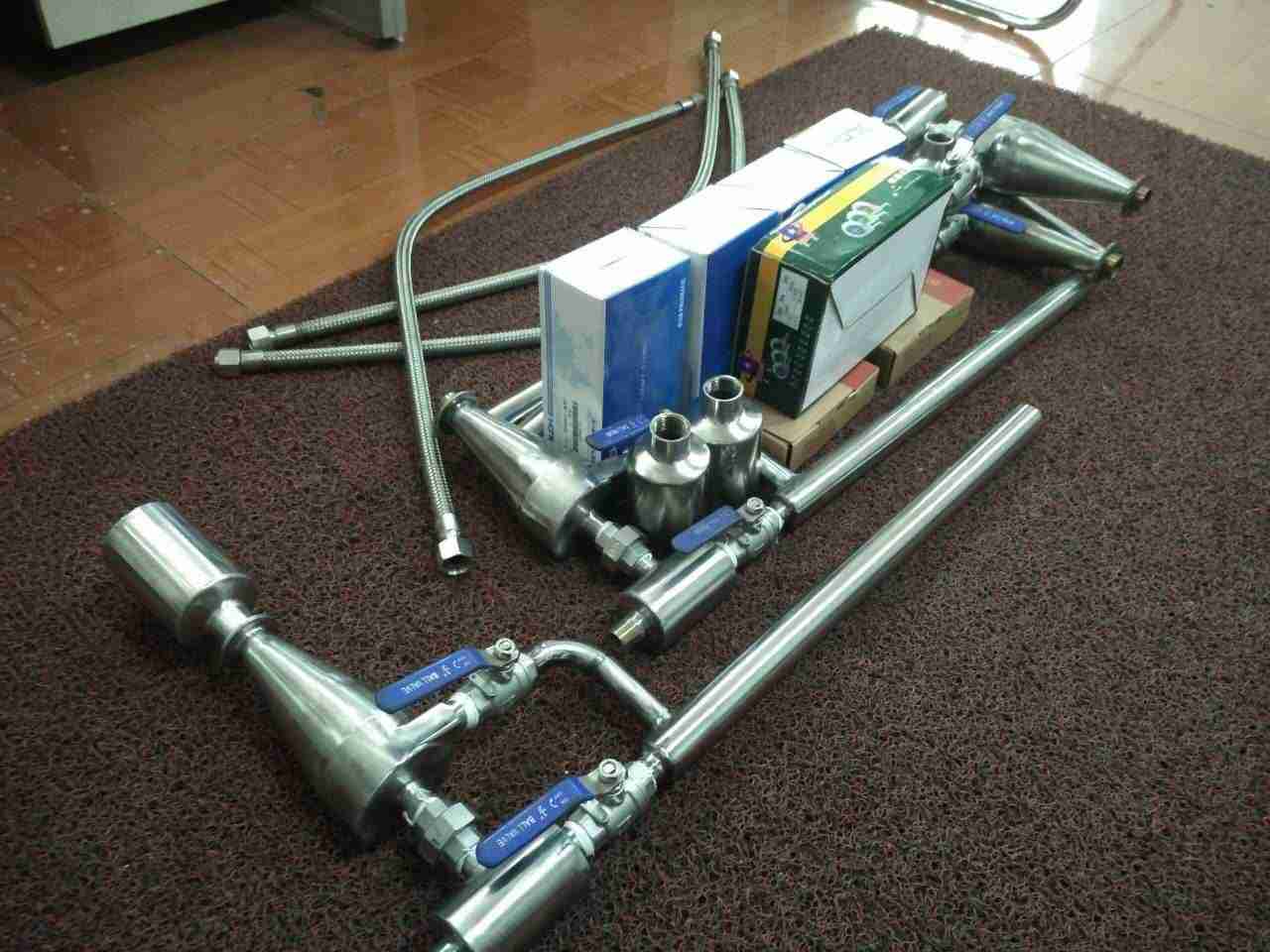Purpose of sewage cooler:
A sewage cooler is an equipment that uses chemically treated water or raw water to cool sewage or other wastewater. Reduced heat loss while heating chemically treated water, improving heat efficiency. It can also be used for cooling or heating water and steam media. There are two forms of sewage coolers: tubular sewage coolers and surface sewage coolers. The sewage from various power plants is discharged into the trench, wasting a large amount of water vapor and the heat it contains. Improper operation and adjustment can cause drainage pressure, posing a safety hazard and threatening the safe and economic operation of the power plant. To address this issue, Lianyungang Lingdong Electromechanical Equipment Co., Ltd. has designed a sewage cooler.
Installation and operation of sewage cooler:
① After the equipment is transported to the site, a foundation seat should be made according to the size of the equipment's support, and then fixed with bolts.
② The valves for controlling the flow of sewage and cooling water are arranged by the user according to their respective positions.
③ Pressure gauges and thermometer interfaces should be installed on the sewage (cooled water) and cooling water inlet and outlet pipes for easy adjustment of pressure and temperature.
④ Connect all pipelines correctly, ensure leakage, and then put them into trial operation. Only after confirming and switching to normal can it be put into normal operation.
⑤ During operation, if faults or poor operation are found, the operation should be stopped immediately for inspection or repair.
⑥ Equipment should be regularly repaired according to operating records, and the repair cycle should be determined based on the operating conditions.
⑦ When the equipment is stopped for a long time, all water should be drained and internal temperature reduction or other methods should be used to prevent corrosion of the equipment.
Sewage cooler - benefit:
1. Environmental benefits:
After the installation of the sewage cooler, the phenomenon of 銀行卡white dragon銀行卡 in the exhaust steam of the machine room was eliminated, and at the same time, the vibration caused by low temperature water inlet in the deaerator and the phenomenon of water in the exhaust steam were eliminated. The reduction of sewage noise and thermal pollution emissions has greatly improved the surrounding environment, which is of positive significance for power plants to establish their own environmental image.
2. Economic Benefit Assessment:
(1) Recovery amount of working fluid
You can calculate the annual production cost savings based on your own international chemical water production costs. We will not make detailed calculations.
(2) Recovered heat
The heat absorption of chemical water replenishment is 3434.60035 GJ/n, and the standard heat generation of coal is 29310 kJ/kg. Therefore, the heat recovery of the sewage cooling device is equivalent to 117.218462 tons/year of standard coal. You can calculate the annual production cost savings based on your own international coal-fired grid. We will not make detailed calculations.
Tubular sewage cooler structure:
The tubular sewage cooler is mainly composed of accessories such as shell, tube bundle, left water chamber, right water chamber, support and pipeline. The shell is made of seamless steel pipes. The tube bundle consists of several stainless steel tubes (304 or 316L material), left and right tube plates, and partitions. The connection between the tube plate and the cooling tube is achieved through expansion or argon arc welding.
Surface type sewage cooler structure:
The surface sewage cooler, also known as the sewage discharge cooling device, is a surface cooler composed of a serpentine tube bundle, a shell, and related connecting parts. The pipe material is stainless steel, and the shell material is carbon steel. The surface type sewage cooler has advantages such as low steam resistance, high heat transfer rate, easy installation and maintenance.
Surface type sewage cooler equipment system - Connection and operation:
1. Surface type sewage cooler equipment system - connection:
① The surface type sewage cooler should be connected to the sewage expansion vessel (sewage expander);
② The inlet of the surface type sewage cooler is connected to the desalination water pipeline, and the outlet is connected to the desalination water inlet at the deaerator tower head;
③ The non condensable gas cooled by the surface type sewage cooler is discharged from the exhaust port, and the condensed drainage is discharged to the low-level water tank.
2. Operation of surface type sewage cooler equipment:
After the installation of the sewage cooling device, cold water is introduced, and then sewage is discharged. The water inflow is adjusted by the surface type sewage cooler according to the demand for water replenishment.
The function of the tubular sewage cooler:
A tubular sewage cooler is a system where sewage (cooled water) enters the upper tube side of the left water chamber of the heat exchanger, passes through the lower tube side of the heat exchanger through the right water chamber, and is discharged from the left water chamber of the heat exchanger; After the cooling water enters from the heat exchange shell, it flows in the opposite direction with the cooling water through the baffle plate on the main road, and is discharged from the heat exchange shell, fully exchanging heat with the discharged sewage.
Principle of surface type sewage cooler:
Without affecting the normal operation of the unit equipment, utilizing the heat of the discharged sewage, the surface type sewage cooler is used to heat the make-up water to enter the deaerator, so that its temperature rises before entering the deaerator, achieving the goal of reducing the air consumption of the deaerator, reducing the lifting degree of the deaerator water, improving the operation of the deaerator, and increasing production economy.
Model description of sewage cooler:
□ - □
(1) □ Name: RJ - represents sewage cooler (or heat exchanger)
(2) Use numbers to indicate its nominal heat transfer area
Design parameters of sewage cooler:
| 換熱面積: | 7.5~35㎡ | 換熱器類別: | 二類換熱器 |
| 管程介質(zhì): | 排污水(被冷卻水) | 殼體介質(zhì): | 除鹽水(冷卻水) |
| 設(shè)計(jì)壓力: | 0.7~1.0MPa | 設(shè)計(jì)壓力: | 0.7~1.0MPa |
| 工作壓力: | 0.5~0.8MPa | 工作壓力: | 0.5~0.8MPa |
| 設(shè)計(jì)溫度: | 150~300℃ | 設(shè)計(jì)溫度: | 100~150℃ |
| -壓試驗(yàn)壓力: | 0.9~1.2MPa | -壓試驗(yàn)壓力: | 0.9~1.2MPa |
Instructions for ordering sewage coolers:
1. The purchaser shall provide relevant technical parameters or design and manufacturing drawings of the sewage cooler.
2. The structure, working pressure, working temperature, and volume of the sewage discharge and sewage expansion tank (sewage expander).
3. Material selection: Shell material (carbon steel or stainless steel), pipe material (stainless steel pipe 304.316L, etc.).
4. Form of sewage cooler: Choose between tubular sewage cooler and surface sewage cooler.



